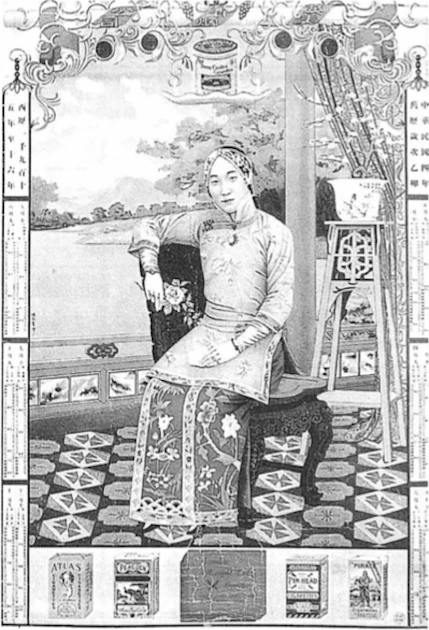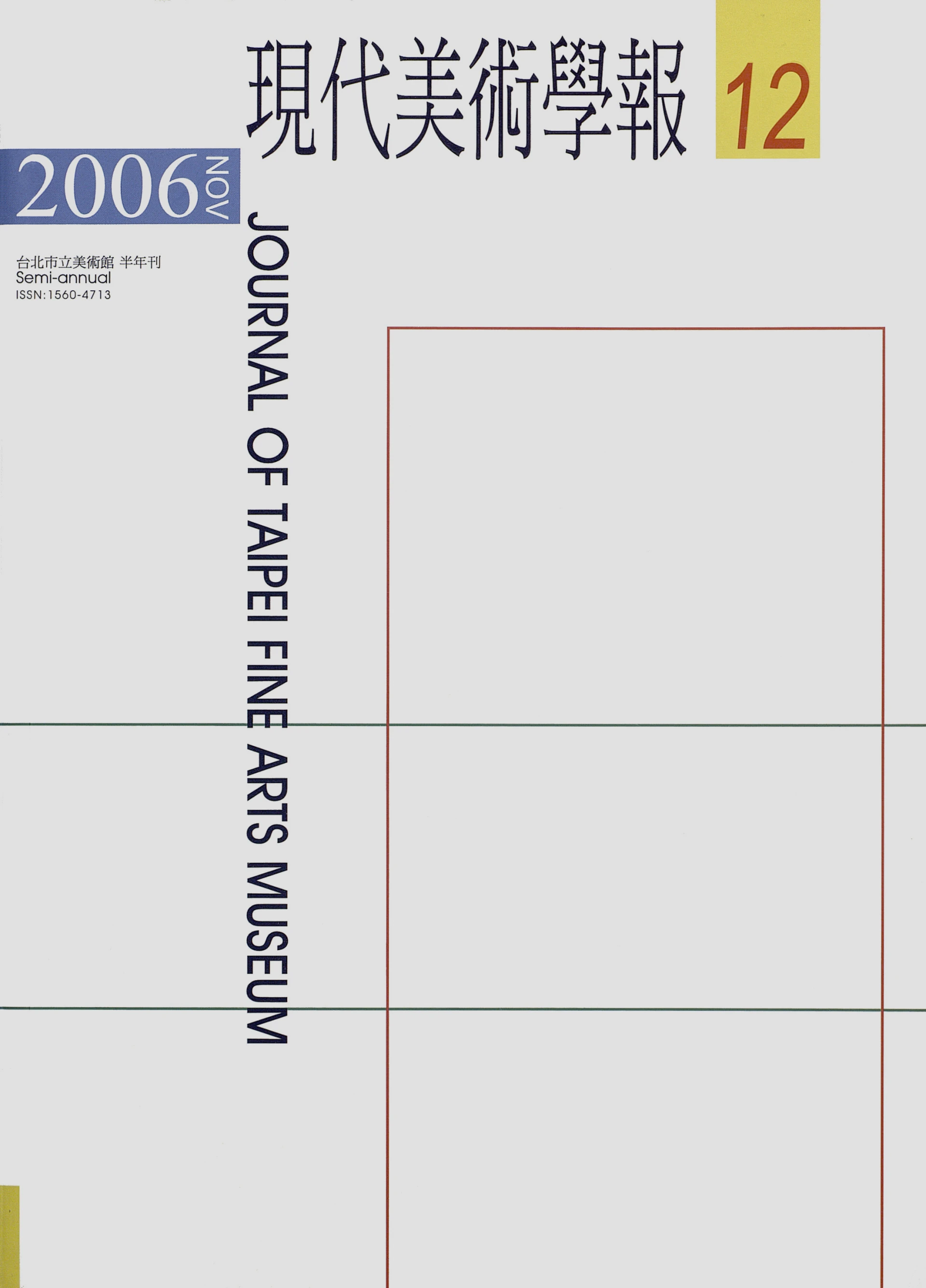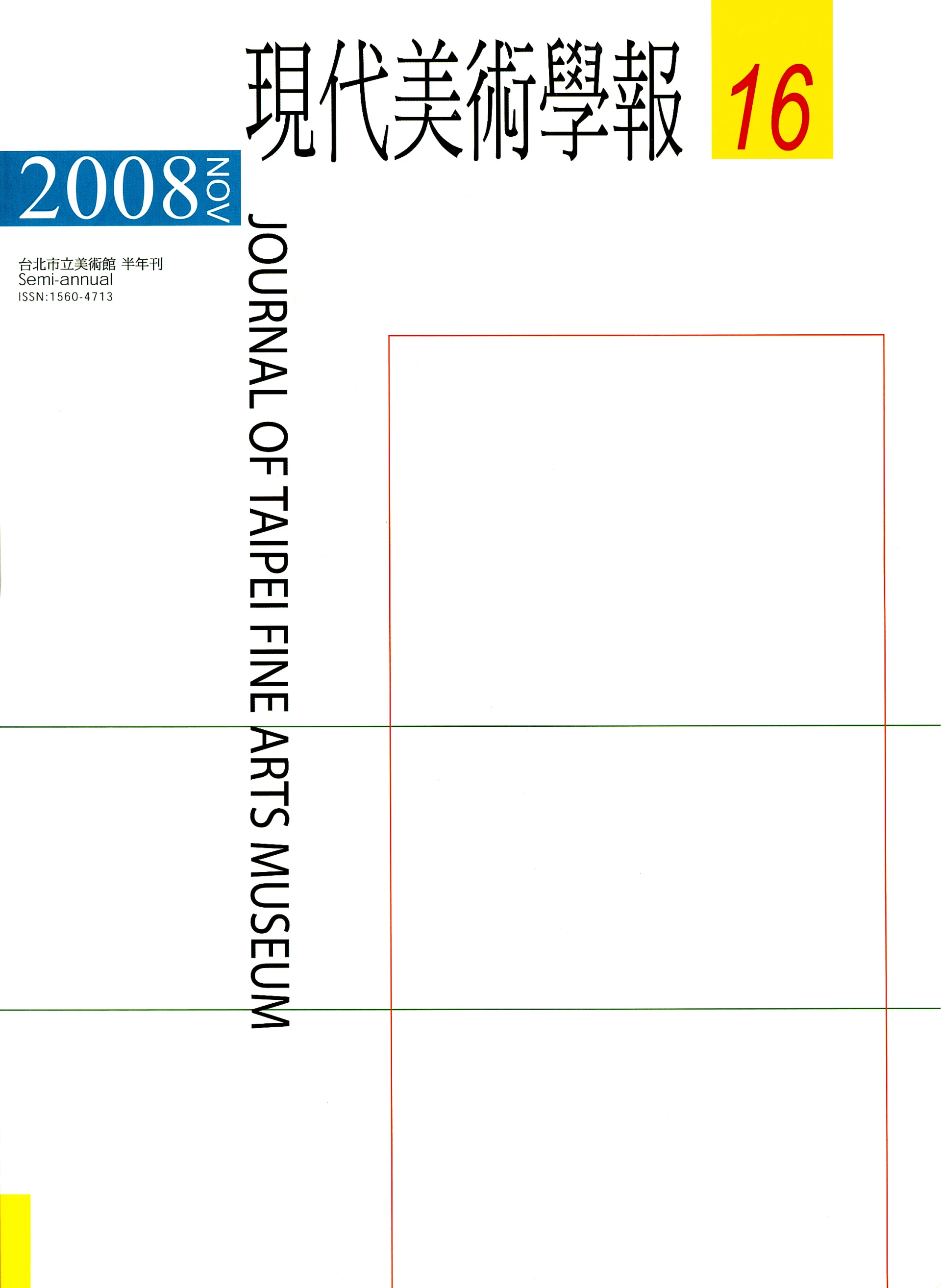摘要
Among the numerous ghost stories that punctuate the history of cinema, Brian De Palma's Obsession is one of the most compelling. Haunted by the idea of improving on Hitchcock's Vertigo, the movie questions on many levels the belief in revenants. It is not by chance that Florence and the church of San Miniato al Monte are both the stage and setting of the pivotal scene of the movie: the "resurrection" of Michael Courtland's deceased wife in the person of an art restorer named Sandra Portinari. This specific setting, as well as Sandra's activity, seems to fit perfectly with Aby Warburg's concept of survival and rebirth. Florence, as the cradle of the Renaissance, is the theatre where the rebirth of Antiquity took place historically, while the church houses the cult and belief in the miracle of the Resurrection. The "remaking" of the dead wife, Elizabeth, also happens in front of a pious image that reveals an older painting beneath its first layer. The discovery of a "ghost image" beneath Bernardo Daddi's Madonna and Child further underscores the intrigue of the film as a metaphor for restoration or resurrection, becoming at the same time the mise-en-abyme of Brian De Palma's art. According to the filmmaker, cinema is an artificial creation, a palimpsest, or a montage. The use of artistic contexts such as Renaissance Florence, Christian analogies, Dante's writings, and Hitchcock's movies add not between does and only reveal the fact that cinema is a montage; it becomes a perfect platform for addressing the paradox of cinematic creation as an illusionistic art of re-animation. These ideas about the artifice of cinema parallel the treacherous set-up in Obsession, which has been staged to deceive both the main character, Michael Courtland, and the spectator.
Keywords
animation, icon, montage, revenants, restoration






